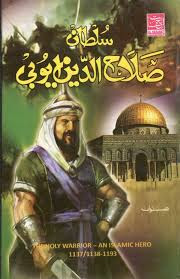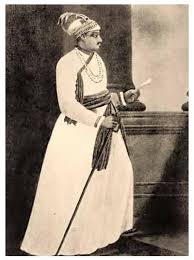The Condemnation of Various types of Shirk
Imam Ahmad (May Allah be pleased with him) reported: Muhammad bin Ja'far narrated from Auf, from Haiyan bin Al- `Ala', from Qatan bin Qabisah, from his father that he heard the Prophet (May the peace and blessing of Allah be upon him) say: "Verily, Al-'lyafah (letting birds fly to foretell events) and At-Tarq (drawing lines on earth to predict events) and At-Tiyarah (taking sight on some object as a bad omen) are Al-Jibt (sorceries/magic)." `Auf (May Allah be pleased with him) said, "Al-'lyafah is letting a bird's flight foretell events while At-Tarq is drawing line on earth." Hasan Basri (May Allah be pleased with him) said, "AlJibt is the scream of Satan (devil)." The above Hadith has been narrated through good chain of narrators and collected by Abu Dawud, An-Nasa'i and Ibn Hibban. Abu Dawud reported in his book with Sahih lsnad that Ibn Abbas (May Allah be pleased with him) narrated that Allah's Messenger (P.B.UH) ...

.jpg)

.jpg)











.jpg)






.jpg)



